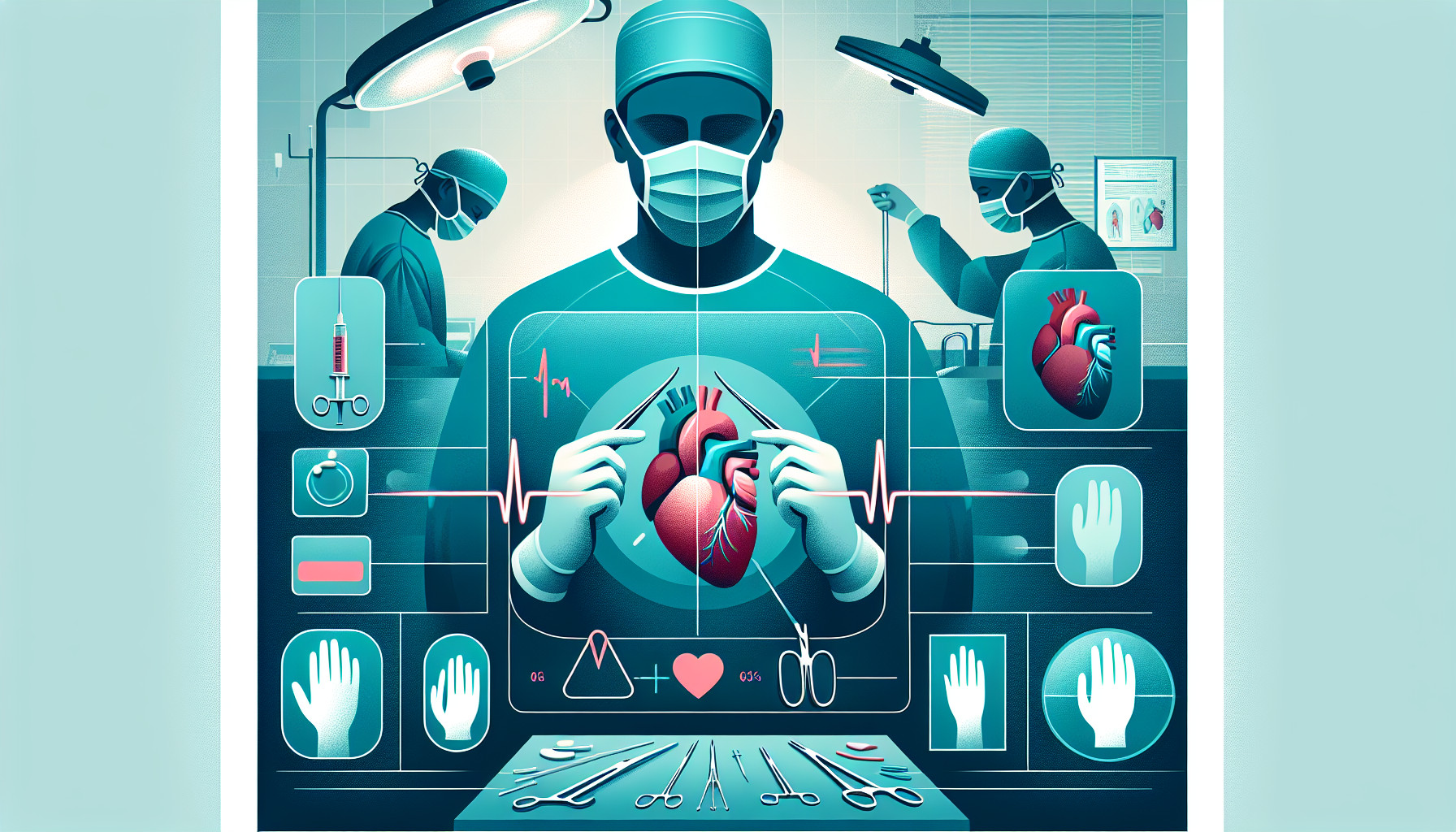Our Summary
This research paper discusses a new surgical technique for children who need heart valve replacements. Traditional heart valve replacements don’t grow, which means kids need multiple surgeries as they get older and their bodies grow. One solution is to transplant part of a heart that can grow, but there are not enough donated hearts to do this. The new technique, called Domino partial heart transplantation, uses hearts from people who have had heart transplants, expanding the pool of potential heart donors. This could transform heart valve replacement surgery for children by increasing the number of available hearts, making it easier to match donors and recipients, and simplifying the donation process. As a result, this technique could become more common than transplants using hearts from deceased donors.
FAQs
- What is the new surgical technique discussed in this research paper for children who need heart valve replacements?
- How does the Domino partial heart transplantation technique address the problem of the lack of donated hearts for children needing heart valve replacements?
- How could the Domino partial heart transplantation technique transform heart valve replacement surgery for children?
Doctor’s Tip
A helpful tip a doctor might give a patient undergoing a heart transplant is to follow a strict medication regimen as prescribed by their healthcare team. This includes taking immunosuppressant medications to prevent rejection of the new heart, as well as medications to manage other potential complications. It is important for the patient to take these medications on time and as directed to ensure the success of the transplant. Additionally, the patient should follow a healthy lifestyle, including regular exercise, a balanced diet, and avoiding smoking and excessive alcohol consumption, to support the overall health of their new heart. Regular check-ups and monitoring by their healthcare team are also crucial to monitor the function of the new heart and address any potential issues promptly.
Suitable For
Patients who are typically recommended for a heart transplant are those with end-stage heart failure, meaning their heart is no longer able to pump blood effectively. This can be caused by various conditions such as coronary artery disease, cardiomyopathy, congenital heart defects, or heart valve disease.
In addition to end-stage heart failure, patients may also be recommended for a heart transplant if they have exhausted all other treatment options, such as medications, lifestyle changes, and other surgical interventions. Patients must also meet certain criteria for a heart transplant, including being in good overall health aside from their heart condition, having a strong support system, and being willing and able to comply with the post-transplant care regimen.
Ultimately, the decision to recommend a heart transplant for a patient is made by a multidisciplinary team of healthcare providers, including cardiologists, cardiothoracic surgeons, transplant coordinators, and social workers, who assess the patient’s individual circumstances and determine if a heart transplant is the best course of action for them.
Timeline
Before heart transplant:
- Patient is diagnosed with end-stage heart failure and is evaluated for a heart transplant.
- Patient undergoes extensive medical tests and evaluations to determine if they are a suitable candidate for a transplant.
- Patient is placed on the transplant waiting list and waits for a suitable donor heart to become available.
- Patient may undergo various treatments to manage their heart failure while waiting for a transplant.
After heart transplant:
- Patient undergoes the heart transplant surgery, which typically lasts several hours.
- Patient is closely monitored in the intensive care unit (ICU) immediately after surgery for any complications.
- Patient stays in the hospital for several weeks for recovery and rehabilitation.
- Patient undergoes regular follow-up appointments with their medical team to monitor their progress and adjust medications.
- Patient must take immunosuppressant medications for the rest of their life to prevent rejection of the donor heart.
- Patient undergoes cardiac rehabilitation to regain strength and endurance.
- Patient must make lifestyle changes, such as following a heart-healthy diet and engaging in regular exercise, to maintain the health of their new heart.
- Patient may experience psychological and emotional challenges as they adjust to life with a new heart.
What to Ask Your Doctor
- What is the success rate of Domino partial heart transplantation compared to traditional heart valve replacements for children?
- Are there any long-term risks or complications associated with this new technique?
- How does the matching process work for finding suitable donors for Domino partial heart transplantation?
- What is the recovery process like for children who undergo this type of heart transplant surgery?
- How does the availability of donated hearts for Domino partial heart transplantation compare to traditional heart transplants using hearts from deceased donors?
- Are there any specific criteria or eligibility requirements for children to be considered for Domino partial heart transplantation?
- What are the potential benefits of using hearts from people who have had heart transplants for pediatric heart valve replacement surgery?
- How does the cost of Domino partial heart transplantation compare to traditional heart valve replacements for children?
- Are there any ongoing research or clinical trials related to this new surgical technique for pediatric heart valve replacements?
- What are the potential implications of increased utilization of Domino partial heart transplantation on the field of pediatric cardiology and heart surgery?
Reference
Authors: Alexander B, Contorno E, Javed H, Callais N, Rajab TK. Journal: Am J Transplant. 2025 Apr;25(4):669-673. doi: 10.1016/j.ajt.2024.12.013. Epub 2024 Dec 24. PMID: 39725083
